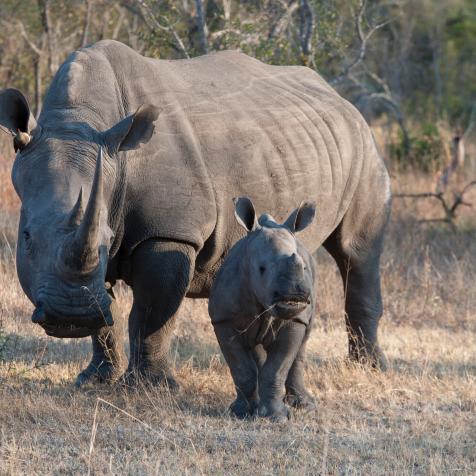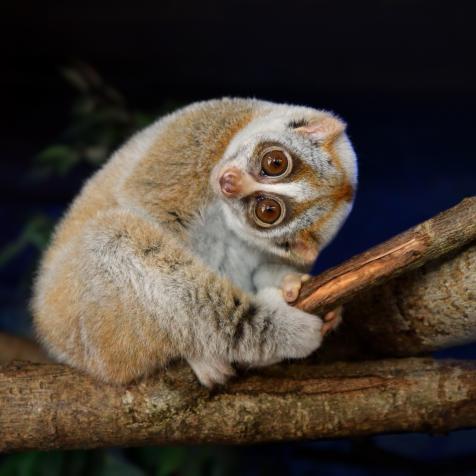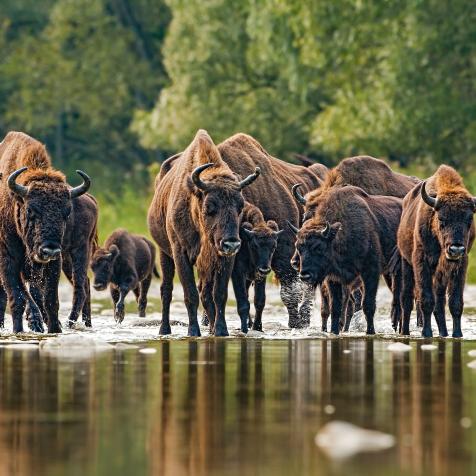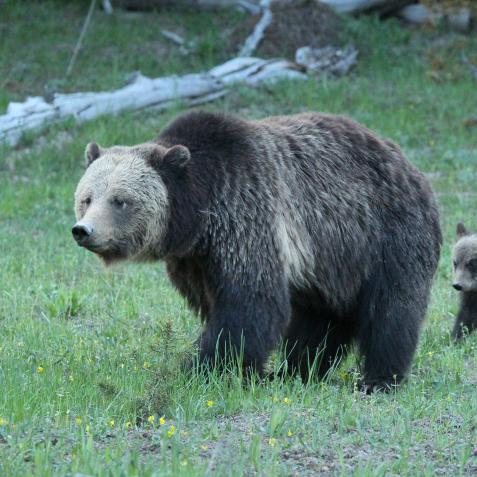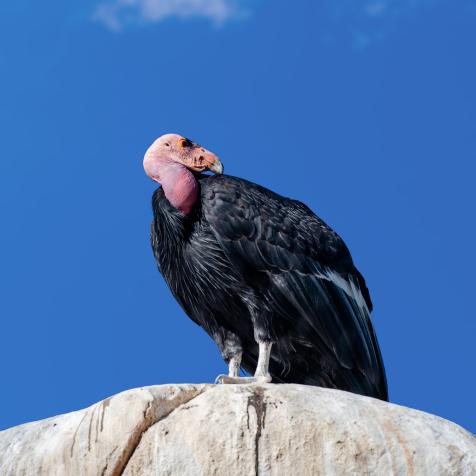
Eduardo Baena
An Animal Awakens After 24,000 Years Frozen in Ice
A tiny critter survived for thousands of years in Arctic permafrost before being revived in a lab. Scientists want to find out how.
Scientists unearthed a microscopic, multicellular animal called a bdelloid rotifer —that had been frozen in Siberia for over 24,000 years. The worm-like creature could reproduce even after spending 24 millennia in a deep freeze of 14 degrees Fahrenheit.
Rotifers look like translucent worms, and typically inhabit freshwater or moist soil. They’re renowned for their toughness and resilience to radiation, low oxygen levels, dehydration, acidity, starvation, and freezing cold. But the recently discovered animals take these extremes to new lengths.
The research team found the bdelloid rotifers 11.5 feet deep in permafrost near the Alazeya River in Siberia. They were able to confirm the 24,000-year-old age of these animals by radiocarbon dating the surrounding soil.
“We revived animals that saw woolly mammoths, which is quite impressive,” says Stas Malavin, coauthor of the study.
To bring the rotifers back to life, scientists put the frozen organisms in a petri dish with a suitable medium. They waited for the surviving rotifers to recover from their dormancy and begin to move and reproduce. (Bdelloid rotifers are limited to asexual reproduction, however there are no males.)
Time-Traveling Animals
This isn’t the first time scientists have revived creatures from ice. Previously, the team discovered 40,000-year-old roundworms in the same area.
Ancient moss, bacteria, and viruses have also shown surprising longevity on ice, prompting concern that harmful pathogens may be released as climate change causes glaciers and permafrost to melt.

David Merron Photography
As glaciers melt, scientists wonder what prehistoric animals could be surviving inside.
It’s likely there are many more species of tiny animals frozen in the ice. How these organisms will react with our environment if they’re unfrozen has yet to be discovered, but researchers are looking into it.
Fact or Science Fiction?
Despite their microscopic size, bdelloid rotifers have brains, guts, muscles, and reproductive systems just like us.
“The takeaway is that a multicellular organism can be frozen and stored, as such for thousands of years and then return back to life — a dream of many fiction writers," says Malavin in the statement.

Science Photo Library
These new findings are highly sought after in the business of cryopreservation.
By continuing to study the unique ability of microorganisms to remain dormant for thousands of years, researchers could gain insights in the field of cryogenics. Many are hopeful this could mean learning how something similar could be accomplished with complex life forms like humans. But for now, scientists are a long way from that.
"The more complex the organism, the trickier it is to preserve it alive frozen and, for mammals, it's not currently possible," continued Malavin. "Yet, moving from a single-celled organism to an organism with a gut and brain, though microscopic, is a big step forward."











